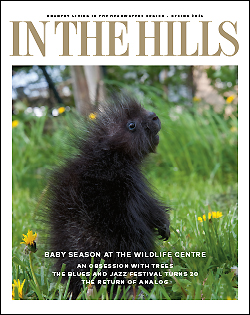Caterpillars Darwin Would Love
With UV flashlight in hand, strolling in the night-shrouded escarpment woods reveals fantastic caterpillars, some of which glow under a black light.
Forgive me this flight of fancy but how glorious it would be to stroll in the night-shrouded escarpment woods with Charles Darwin. I’m sure he would be awestruck by what flashlights reveal after dark. I’m sure he would marvel again at the power of evolution to create “endless forms most beautiful and most wonderful,” as he noted in his world-shaking On the Origin of Species.
I can imagine the joy the great man would experience encountering the caterpillars in this blog – the otherworldly crown slug moth caterpillar, the quixotic promethea moth caterpillar or the surpassing beauty of the laurel sphinx caterpillar.
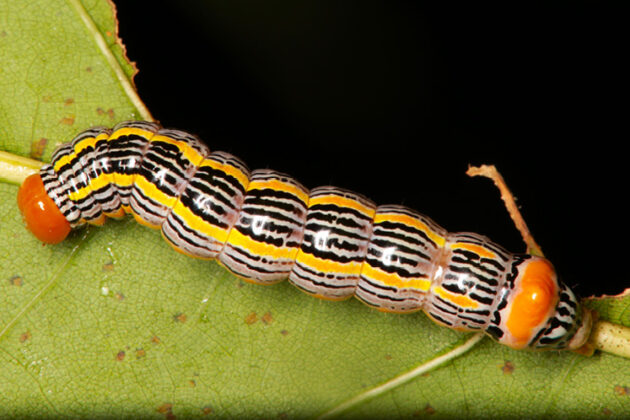
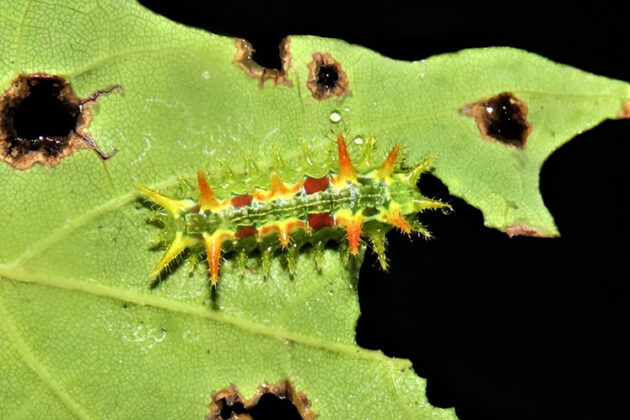
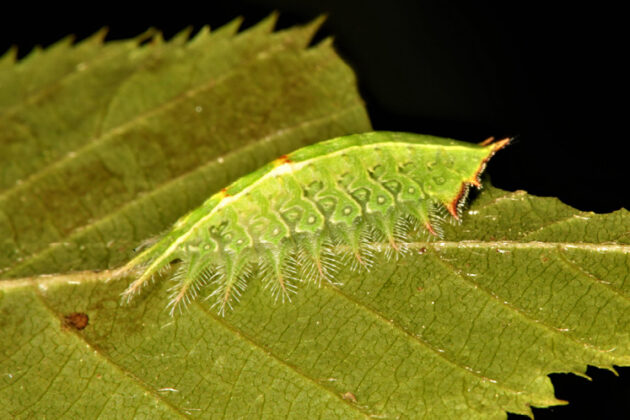
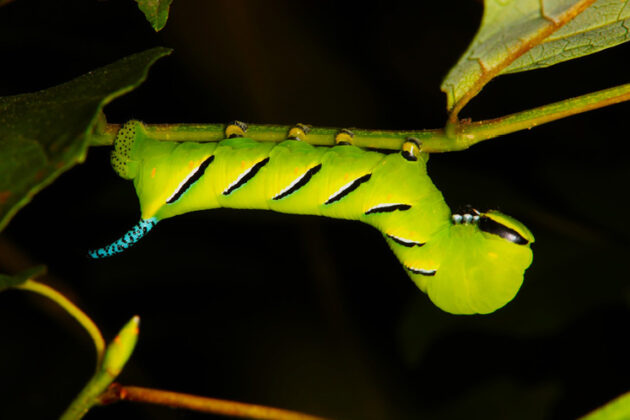
What insights would he offer into these wildly diverse lepidopteran (moth and butterfly) larvae? What would I learn from him? What unexpected tangents would occupy his thoughts?
This year my friends and I have added UV flashlights to our nocturnal critter-searching arsenal, something the great Darwin didn’t have at his disposal. Turns out that most caterpillars fluoresce in black light. Our success rate in finding beguiling nocturnal cats has bumped up significantly.
What would Darwin offer to explain this fluorescence? What theory would he propose to explain why some, like the promethea moth caterpillar, don’t glow.
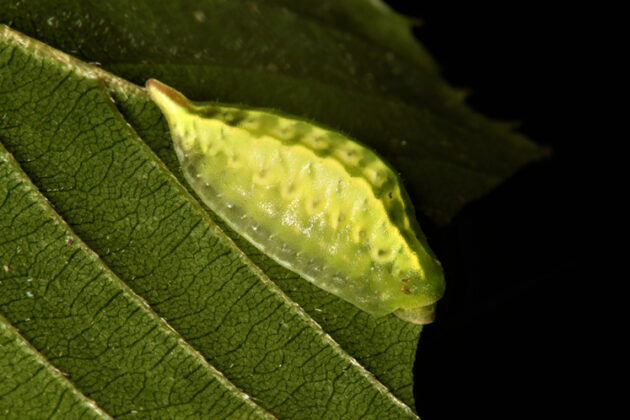
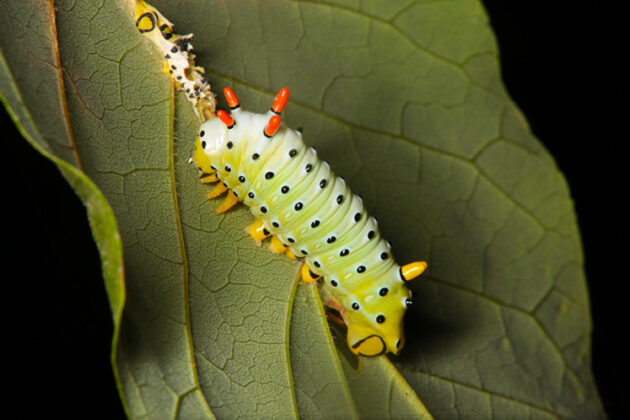
Darwin’s effusive admiration of nature’s beauty and wonder sustained him, gave him purpose, ignited a bonfire of curiosity. Darwin, though, was not unique.
While none of us are likely to come up with anything rivaling On The Origin of Species, we too can experience the joy, the wonder, the mysteries of nature that so inspired its author.
All we need do is ramble outdoors and greet nature with inquiring minds. And one of the best times to do that in early fall is after dark with flashlights in hand – perhaps with the muse of Darwin looking over our shoulders.
Related Stories
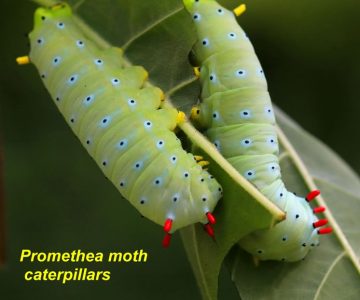
Promethea Moths
Jul 6, 2020 | | Notes from the WildWhile most moths release their pheromones after dusk, promethea moth females are an exception.
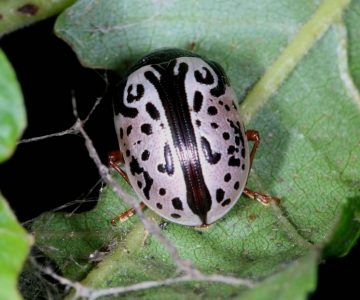
Night Creatures
Oct 8, 2019 | | Notes from the WildMost of the nocturnal critters my friends and I find are insects, but spiders, millipedes and amphibians also appear in our flashlight beams.
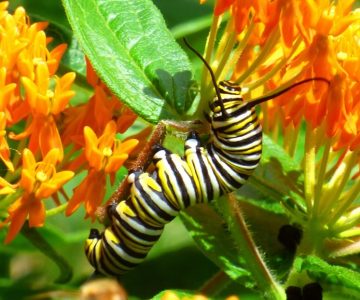
Caterpillars and Chrysalides
Aug 17, 2017 | | Notes from the WildCaterpillar food plants will summon egg-laying female butterflies to your yard. Then, if sharp-eyed, you may find the minute eggs. More likely you’ll find the caterpillars.
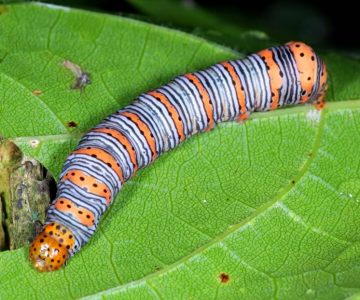
Night Hikes
Oct 17, 2017 | | Notes from the WildNight Hikes – A purposeful walk along a path, playing a flashlight over leaves, branches and trunks will reveal wonders.




